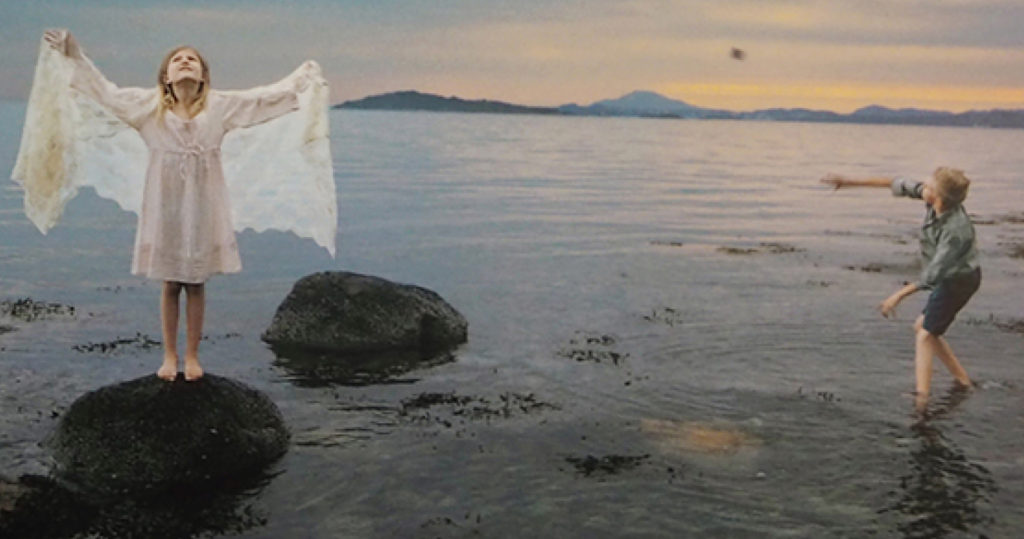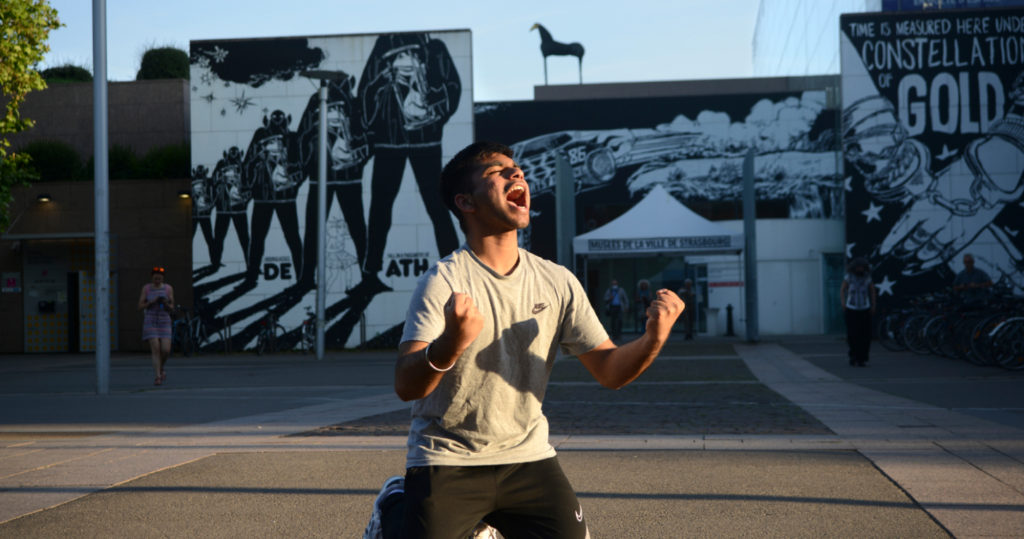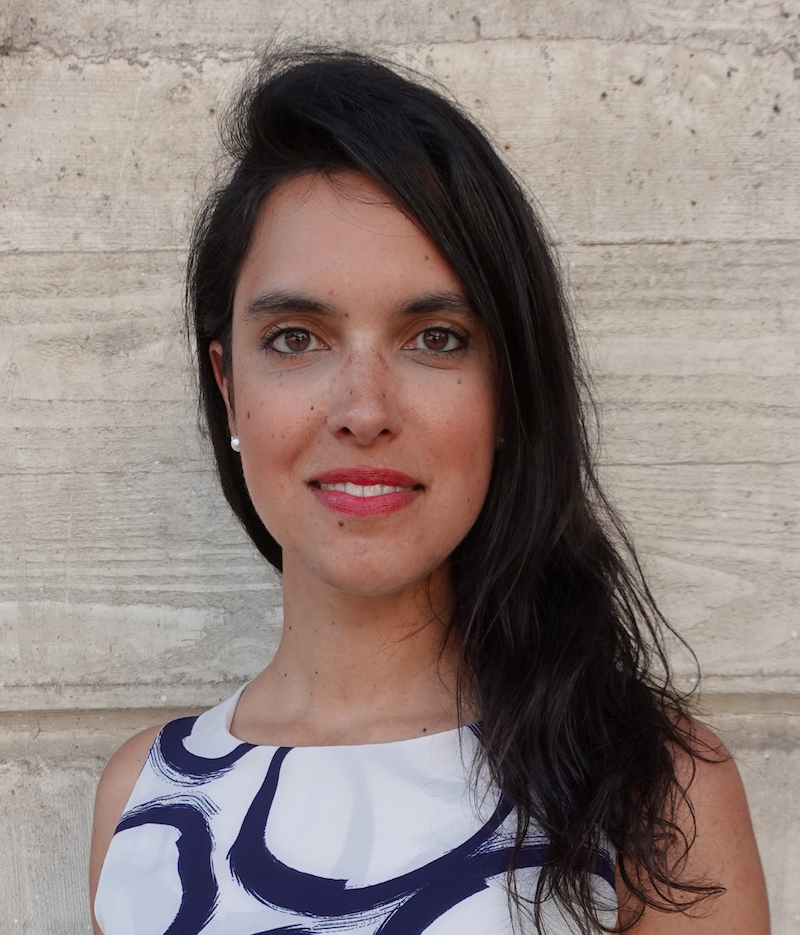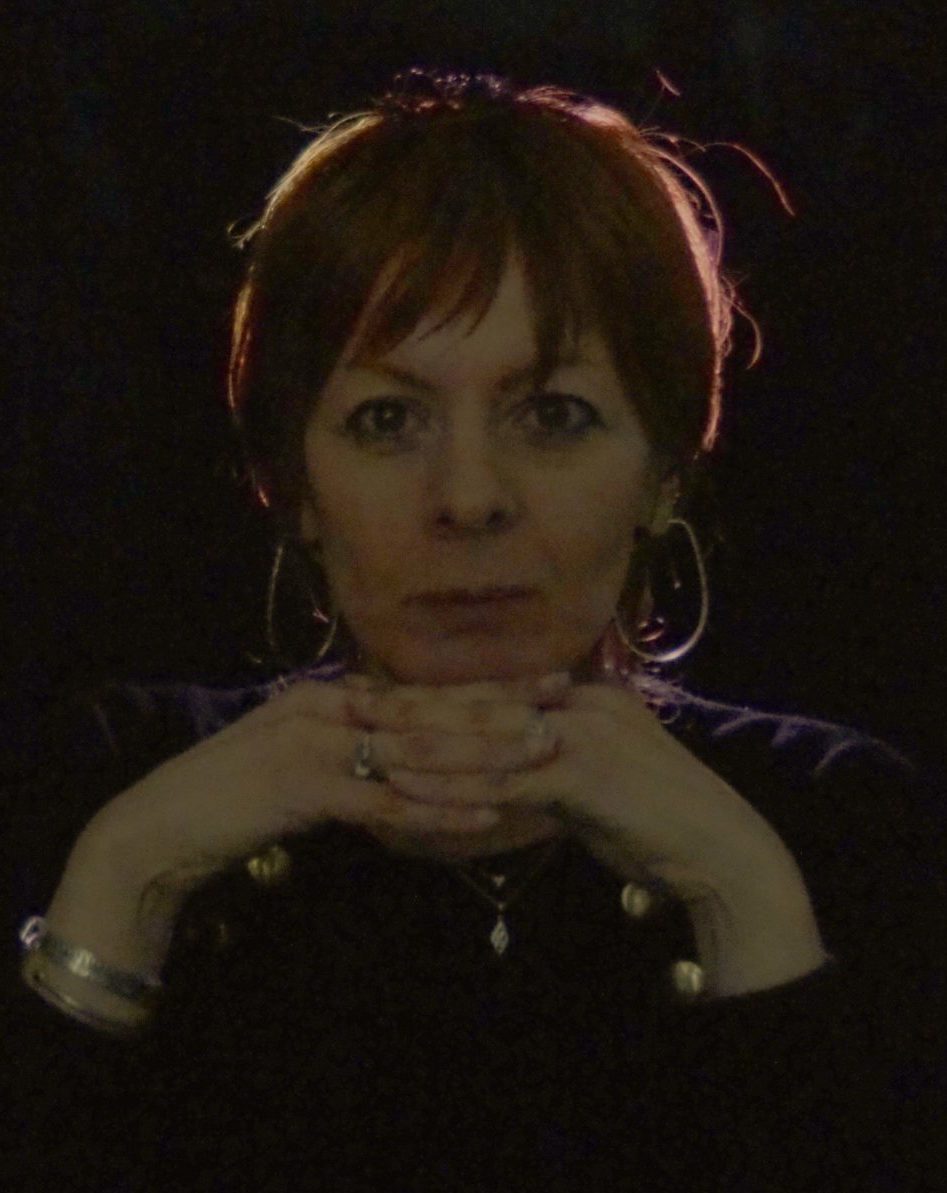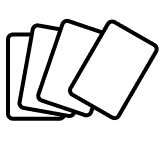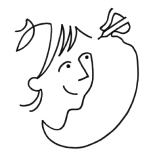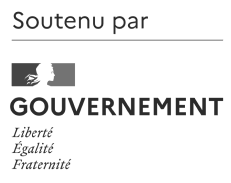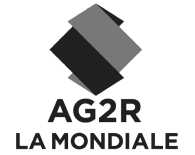Which look is to be taken on an image? Art, press or advertising photography. Printed, displayed, projected. How to talk about it? How to analyze its construction and its address? THE CLICK WORDS game was created by Stimultania to question the viewer. Either way it enables to observe, interpret, to get vocabulary and is a civic reflection tool.
Composed of 94 illustrated word cards, THE CLICK WORDS supports players in developing a photographic criticism, from observing its form to the photographer's artistic commitments. It gives a space for free speech and listening to each other's point of view. THE CLICK WORDS launches a special moment for exchanges, negotiations and assertiveness as part of a common project. This civic tool is commited to image criticism.
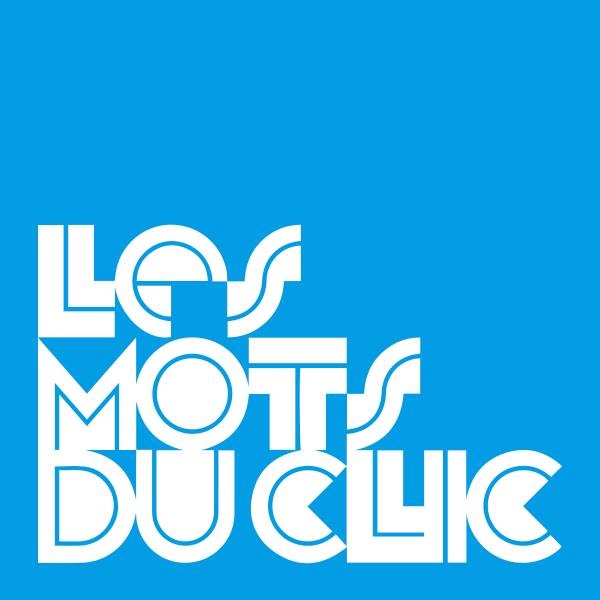
Discover the new LES MOTS DU CLIC game support on the theme of sport
SEE, SAY, LISTEN, DEBATE
In 2013, Stimultania created an innovative and unique educational tool: LES MOTS DU CLIC. It promotes media education, debate of ideas, speaking out and the development of critical thinking.
LES MOTS DU CLIC responds to a problem common to educational and cultural environments (...)
Context of use
The game is used in educational, cultural, hospital and prison environments, in reception and support structures for non-speaking people, new arrivals or refugees, in the family context, etc.
How to play ?
LES MOTS DU CLIC is played between 2 and 7 participants, accompanied or not by a mediator, around a photograph taken from an exhibition, a book or the press. The players debate and argue to choose a word card per category. Once the 6 word cards have been selected, the players write together a critique of the chosen image.
Objectives
LES MOSTS DU CLIC is an innovative educational tool that takes the form of a game. Here, there is no winner or loser, no right or wrong answer.
LES MOTS DU CLIC does not require any scholarly prerequisites and draws on everyone's references. It allows the player to nourish his cultural heritage, to broaden his point of view through contact with those of others.
LES MOTS DU CLIC offers a space, a time and a method to observe a photograph collectively, sharpen your eyes and acquire vocabulary. It is an image analysis tool that allows us to collectively address sensitive social issues in a secure framework.
Gaming Media
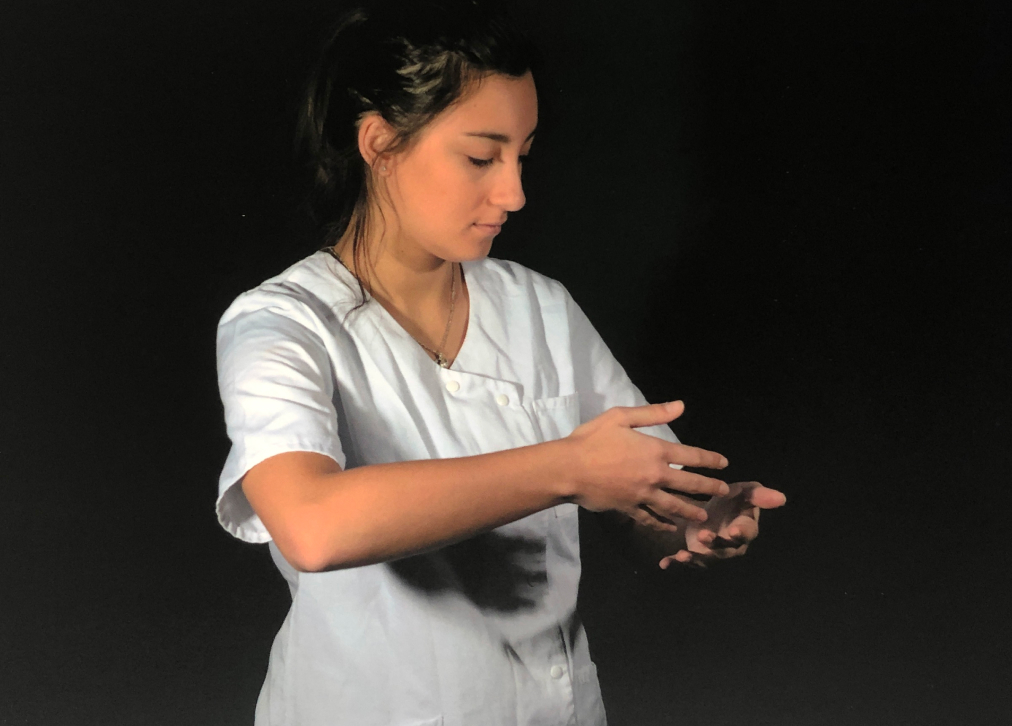
THEME: WORK Educational kit
Inspiring projects
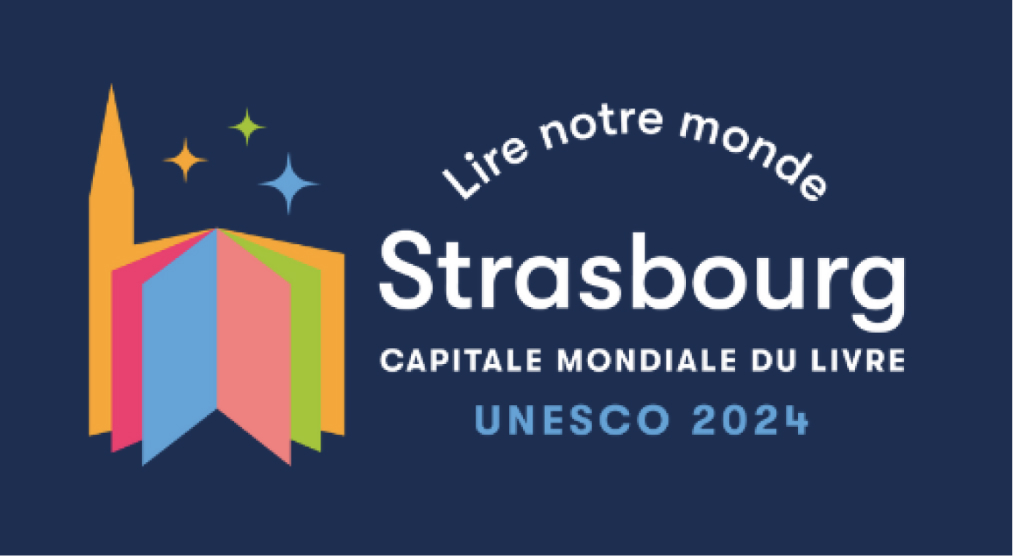
LES MOTS DU CLIC and its derivatives were designed and developed by Stimultania thanks to the Ministry of Culture (Regional Directorate of Cultural Affairs Grand Est), the General Commission for Territorial Equality, the General Delegation for the French Language and Languages of France, the City and Eurometropolis of Strasbourg, the SNCF Foundation. The research and development phase of the Images et mots du travail educational kit was supported as part of the Images et mots: for innovative learning of French and towards integration into the world of work, co-financed by the Union. European within the framework of the FSE Alsace 2014/2020 operational program, by the Regional Directorate of Economy, Employment, Labor and Solidarity Grand Est within the framework of Program 104, as well as by the General Delegation for Language French and the languages of France, as part of the 2021 national call for projects Cultural action and the French language. The Images and words of work educational kit is published thanks to the support of the Regional Directorate of Economy, Employment, Labor and Solidarity Grand Est and AG2R AGIRC-ARRCO.
